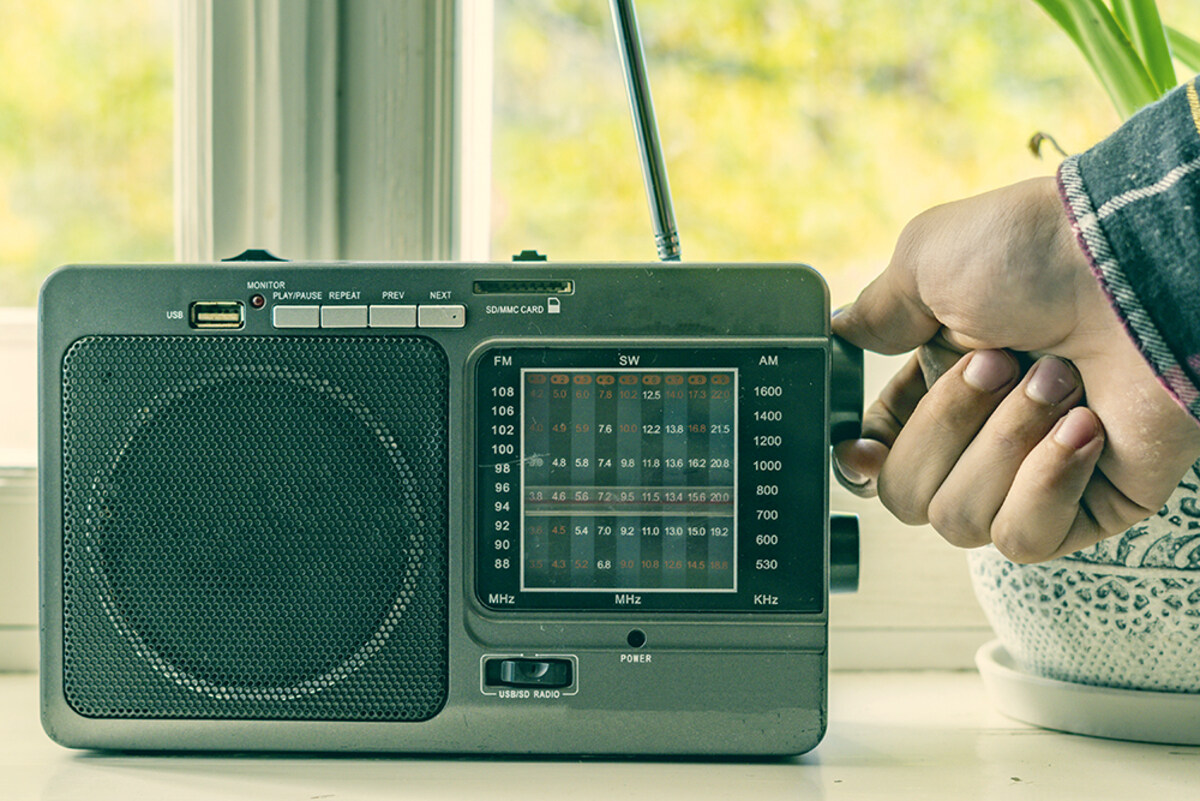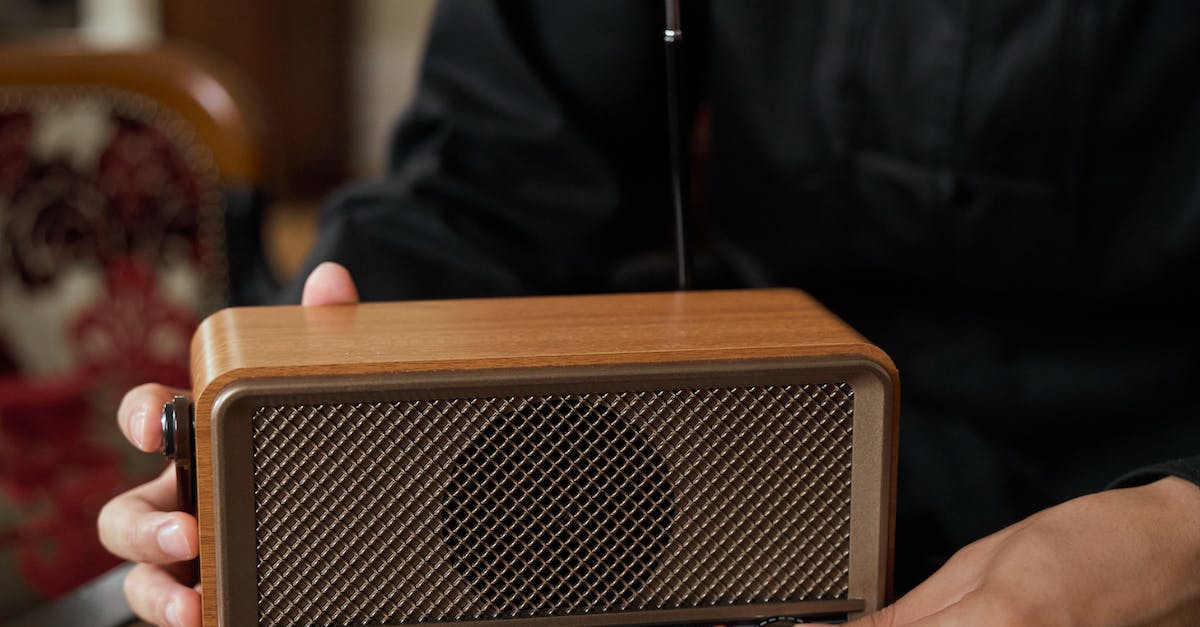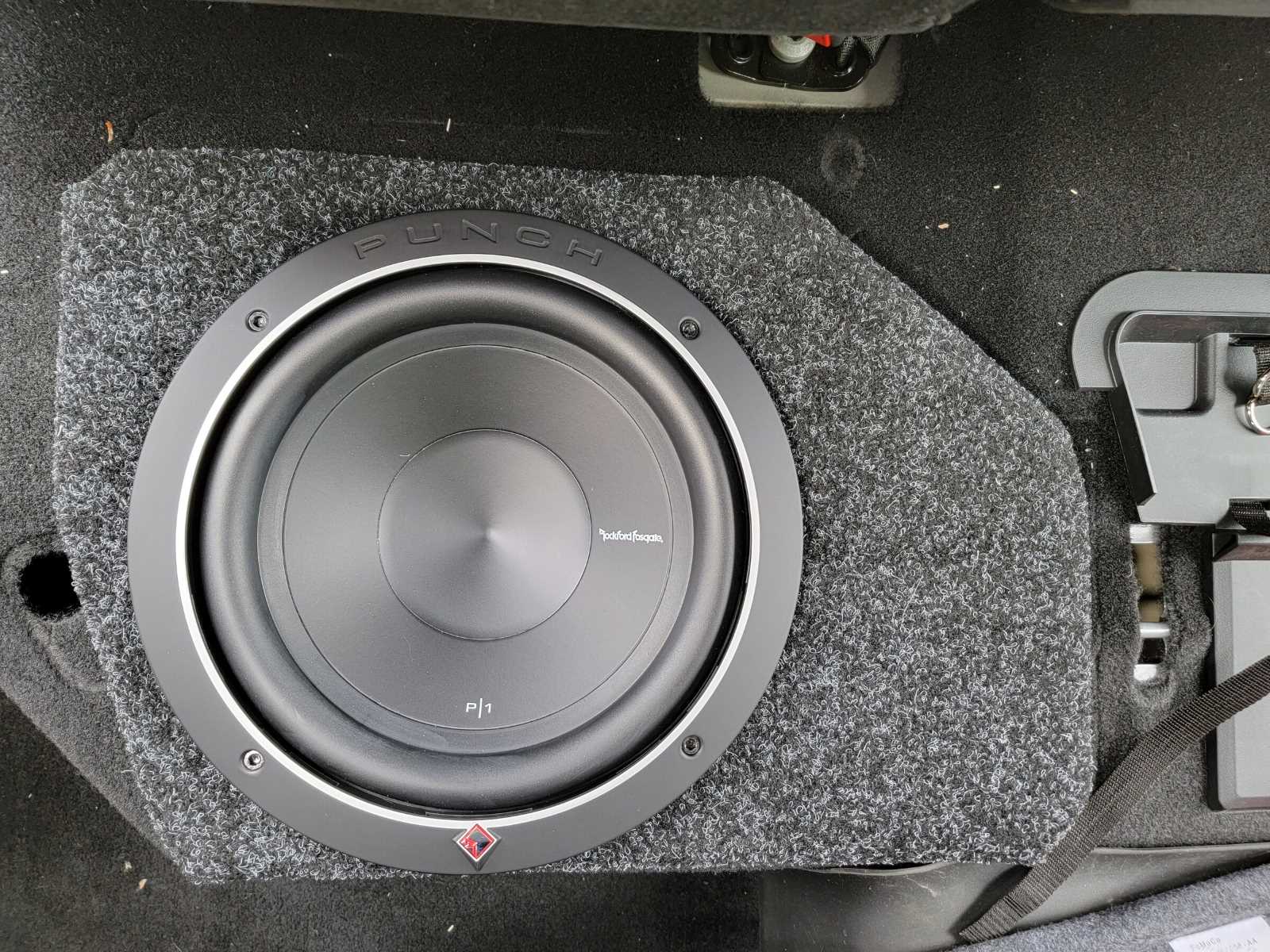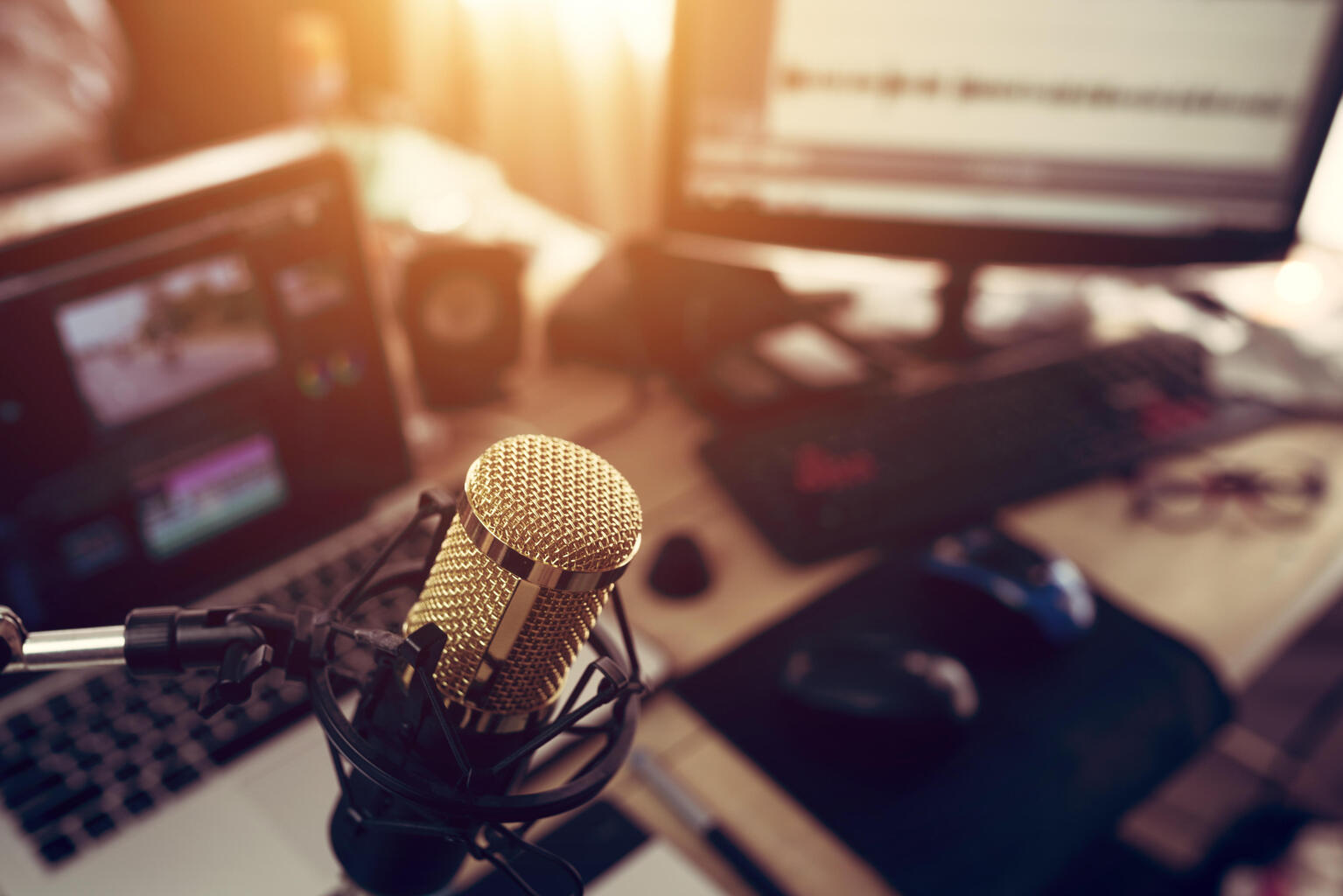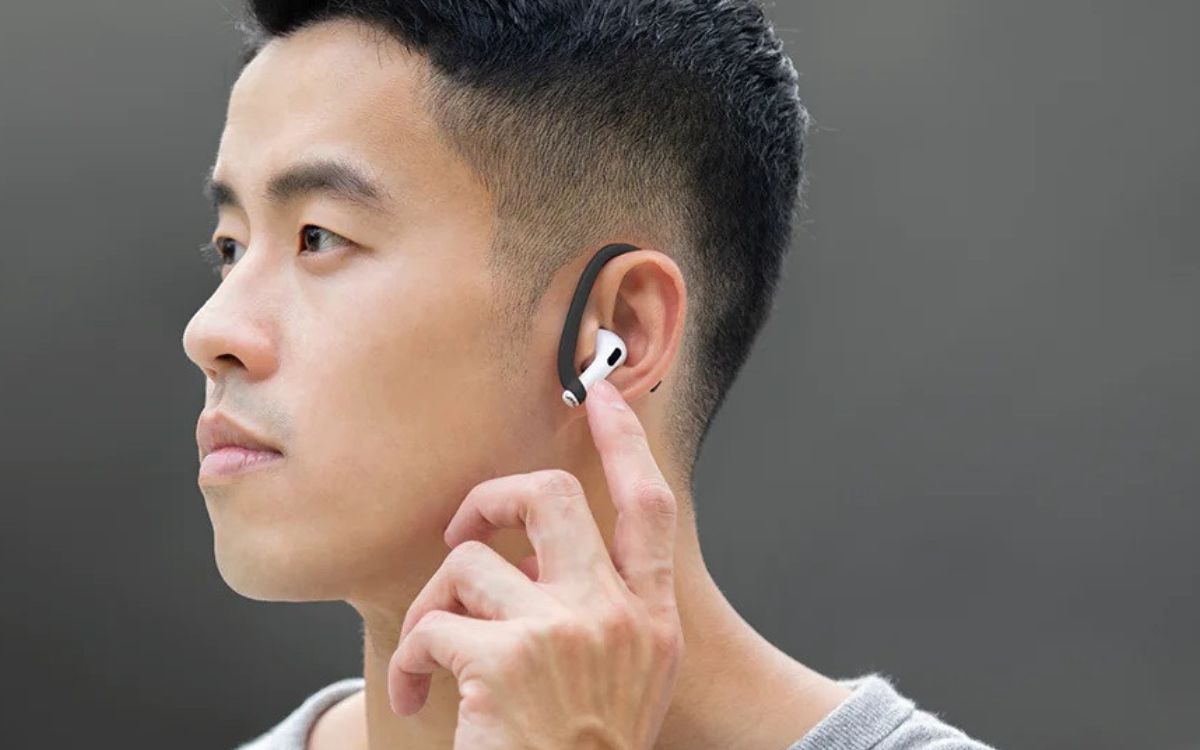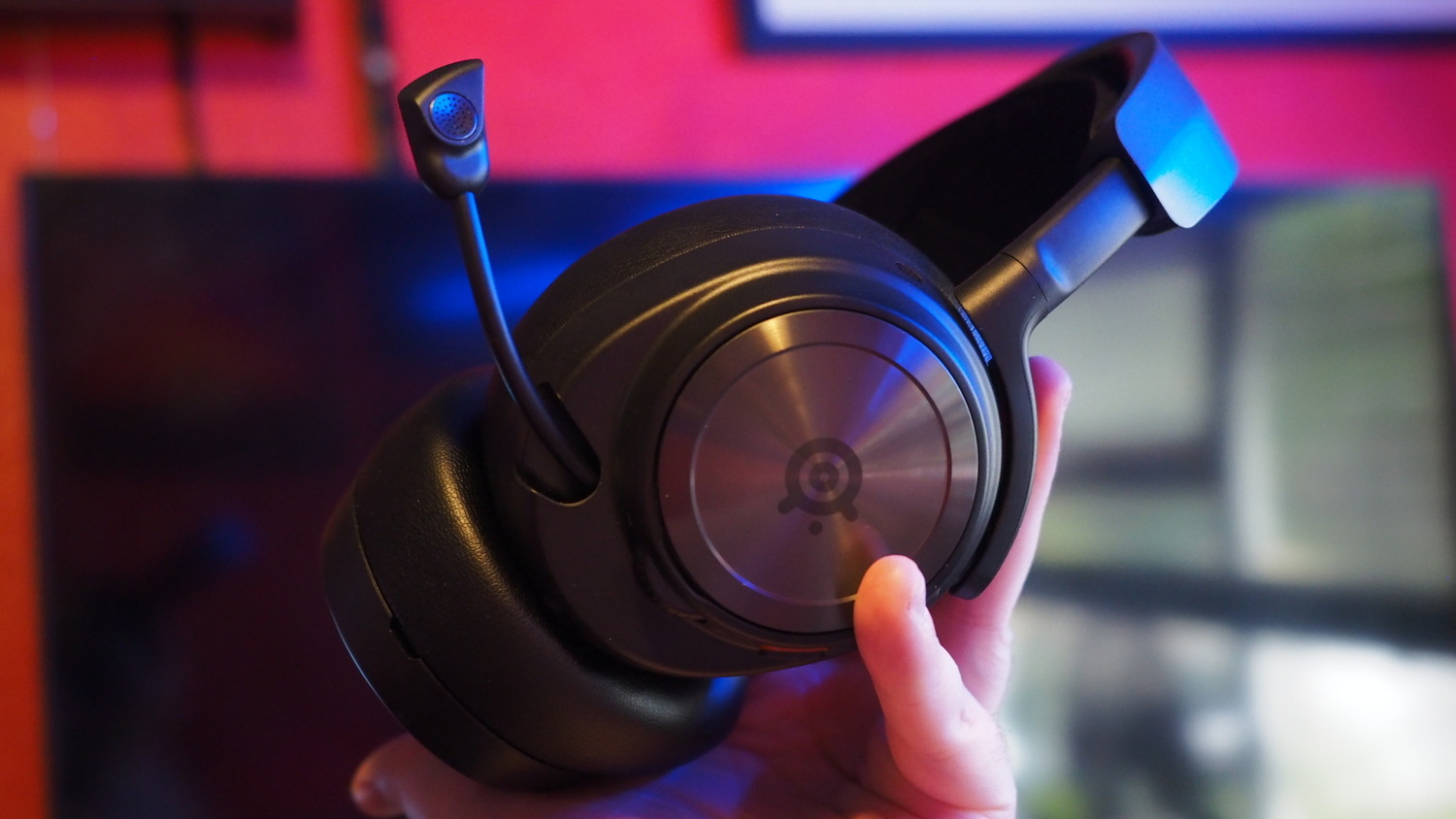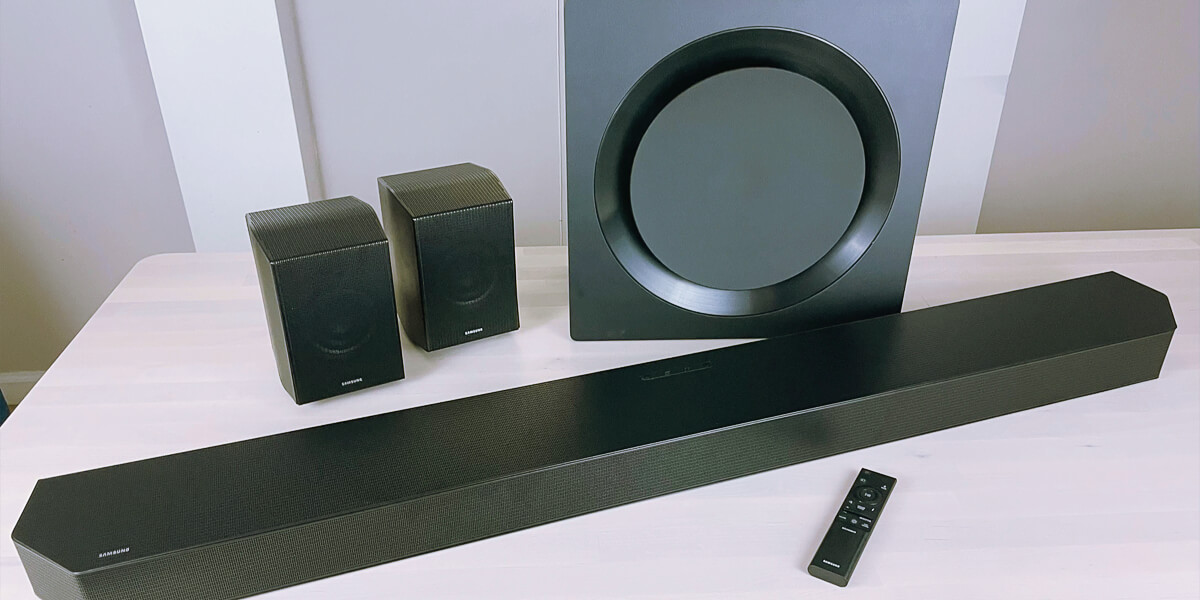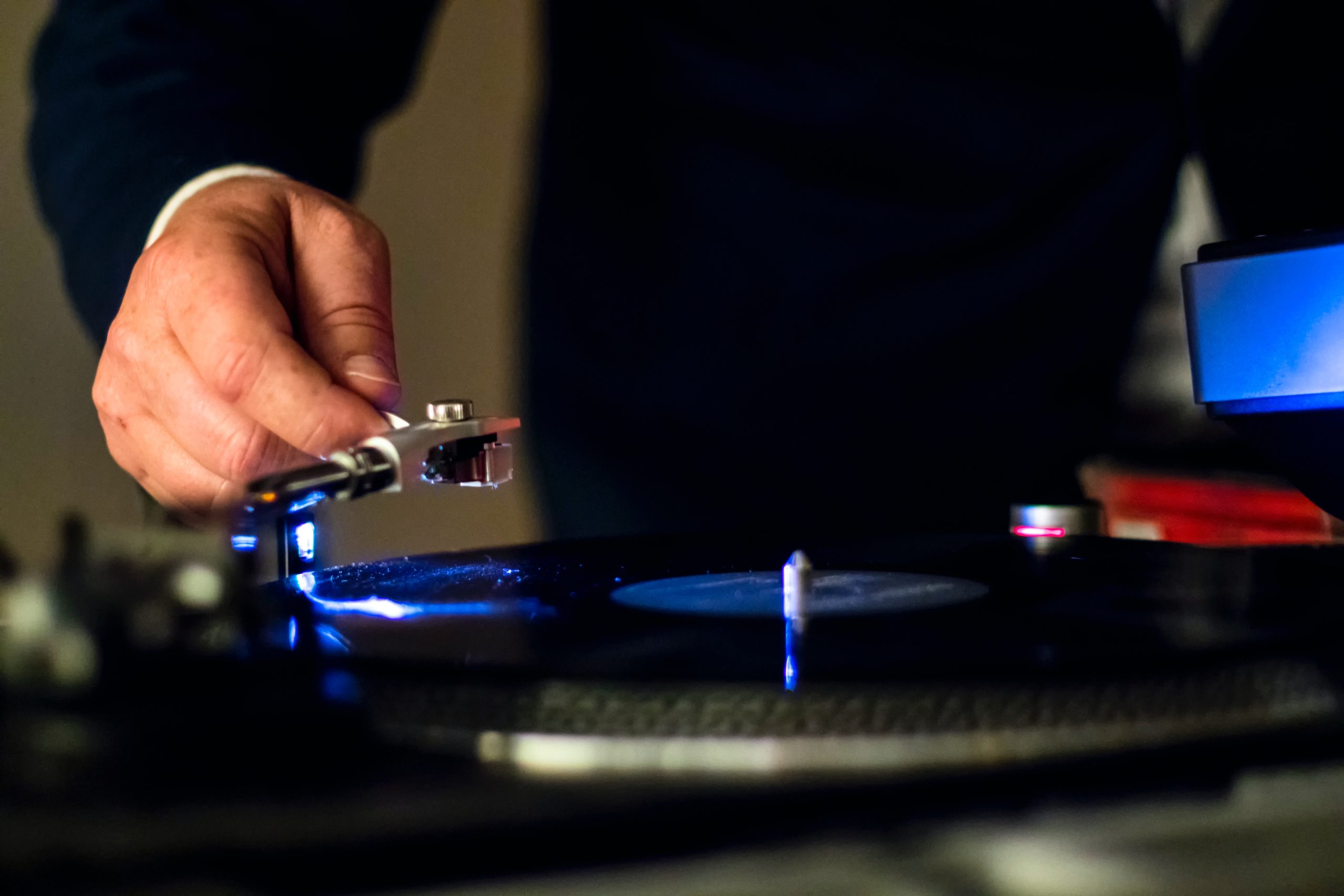Home>Devices & Equipment>Microphone>Why Does My Microphone Sound So Muffled


Microphone
Why Does My Microphone Sound So Muffled
Published: February 16, 2024
Discover the reasons behind your muffled microphone and learn how to fix it. Get clear, professional sound with our expert tips.
(Many of the links in this article redirect to a specific reviewed product. Your purchase of these products through affiliate links helps to generate commission for AudioLover.com, at no extra cost. Learn more)
Table of Contents
Introduction
Understanding the Challenge of Muffled Microphone Sound
When it comes to capturing clear and crisp audio, a high-quality microphone is an indispensable tool. Whether you're recording a podcast, conducting a virtual meeting, or performing on stage, the last thing you want is for your voice to sound muffled or unclear. The frustration of dealing with muffled microphone sound is a common experience that can hinder effective communication and diminish the overall impact of your message.
A muffled microphone can be described as producing sound that is dampened, indistinct, or lacking in clarity. It's akin to speaking through a barrier or with a hand covering the mouth, resulting in a frustrating and subpar audio experience for both the speaker and the audience. While this issue can be perplexing, the good news is that there are various factors that can contribute to muffled microphone sound, and most of them can be addressed with the right knowledge and techniques.
In this comprehensive guide, we will delve into the common causes of muffled microphone sound, explore effective solutions to rectify this issue, and provide valuable tips for preventing muffled microphone sound in the future. By gaining a deeper understanding of the root causes and implementing practical strategies, you can ensure that your microphone consistently delivers clear, vibrant, and professional-quality audio. Let's embark on this journey to unravel the mysteries of muffled microphone sound and equip ourselves with the expertise to conquer this sonic challenge.
Common Causes of Muffled Microphone Sound
Understanding the common culprits behind muffled microphone sound is crucial for troubleshooting and resolving this vexing issue. Here are the primary factors that can contribute to a muffled audio output:
- Incorrect Microphone Placement: Placing the microphone too close to the mouth or at an improper angle can lead to muffled sound. Additionally, obstructing the microphone with hands or clothing can also cause muffled audio.
- Wind and Plosive Interference: External wind or air movement, as well as plosive sounds produced by certain consonants like “p” and “b,” can create a muffled effect by disrupting the microphone’s diaphragm.
- Obstructed or Damaged Microphone Components: Physical obstructions such as dust, debris, or damage to the microphone’s diaphragm or grille can impede the sound input, resulting in muffled audio output.
- Improper Room Acoustics: Reverberations, echoes, and poor acoustics within the recording environment can contribute to muffled microphone sound by distorting the original audio signal.
- Low-Quality or Faulty Cables: Using low-quality or damaged cables to connect the microphone to recording equipment can introduce interference and signal loss, leading to muffled sound.
- Incorrect Microphone Settings: Inappropriate gain levels, EQ settings, or signal processing configurations can affect the microphone’s output, causing muffled or distorted sound.
By identifying these common causes, you can begin to troubleshoot and address the specific factors contributing to the muffled microphone sound you’re experiencing. In the following section, we will explore effective solutions to rectify these issues and restore the clarity and fidelity of your microphone’s audio output.
Solutions for Muffled Microphone Sound
Resolving muffled microphone sound involves a combination of technical adjustments, environmental considerations, and proper equipment maintenance. By implementing the following solutions, you can effectively address the common causes of muffled audio and restore the optimal performance of your microphone:
- Optimizing Microphone Placement: Position the microphone at an appropriate distance from the mouth, typically 6-12 inches, and ensure that it is angled correctly to capture the voice without obstruction. Using a pop filter can mitigate plosive interference and improve audio clarity.
- Minimizing Wind and Plosive Interference: When recording outdoors or in drafty environments, use a windscreen or dead cat cover to shield the microphone from wind noise. Employing proper vocal techniques and speaking off-axis can reduce plosive sounds and prevent muffled audio.
- Cleaning and Maintaining the Microphone: Regularly inspect and clean the microphone’s diaphragm, grille, and internal components to remove dust, debris, or any obstructions that could compromise sound quality. Handle the microphone with care to prevent physical damage.
- Improving Room Acoustics: Address reverberations and echoes by adding acoustic panels, curtains, or sound-absorbing materials to the recording space. Creating a controlled acoustic environment can minimize muffled sound caused by poor room acoustics.
- Using High-Quality Cables: Invest in reliable, shielded cables to connect the microphone to audio interfaces or recording devices. Ensure that the cables are undamaged and properly connected to prevent signal degradation and muffled audio.
- Adjusting Microphone Settings: Set appropriate gain levels, apply EQ adjustments to enhance clarity, and utilize noise reduction or de-essing tools to refine the microphone’s output. Experiment with different settings to find the optimal configuration for your specific recording needs.
By implementing these targeted solutions, you can address the root causes of muffled microphone sound and elevate the audio quality of your recordings, performances, or communication sessions. Additionally, proactive maintenance and thoughtful consideration of recording environments can contribute to sustained clarity and fidelity in your microphone’s output.
Tips for Preventing Muffled Microphone Sound
Preventing muffled microphone sound involves a proactive approach that encompasses proper microphone usage, maintenance, and environmental considerations. By integrating the following tips into your audio recording and communication practices, you can minimize the occurrence of muffled sound and uphold the integrity of your microphone’s performance:
- Maintain Adequate Distance: Maintain a consistent distance between your mouth and the microphone to prevent excessive proximity effect, which can lead to muffled audio. Experiment with different distances to find the optimal balance between proximity and clarity.
- Utilize Pop Filters and Windscreens: Employ pop filters or windscreens to mitigate plosive sounds and minimize the impact of wind interference, especially when recording vocals or dialogue in close proximity to the microphone.
- Regularly Clean the Microphone: Develop a routine for cleaning and inspecting your microphone, ensuring that the diaphragm, grille, and internal components are free from dust, debris, and any impediments that could compromise audio quality.
- Invest in Quality Equipment: Select high-quality cables, connectors, and microphone accessories to maintain a reliable signal path and minimize the risk of interference or signal degradation that can contribute to muffled sound.
- Optimize Recording Environment: Choose or modify recording spaces with favorable acoustics, minimizing reflective surfaces and employing sound-absorbing materials to reduce reverberations and echoes that can impact microphone performance.
- Monitor and Adjust Settings: Regularly monitor and adjust microphone settings, gain levels, and signal processing parameters to optimize audio clarity and prevent the onset of muffled sound during recording or live performances.
- Practice Vocal Technique: Encourage vocalists and speakers to utilize proper microphone technique, including consistent projection, controlled breathing, and avoidance of direct plosive bursts, to maintain clear and articulate audio output.
By incorporating these preventive tips into your microphone usage and maintenance routines, you can proactively mitigate the risk of encountering muffled sound and sustain the optimal performance of your microphone across various recording and communication scenarios.
Conclusion
Addressing the challenge of muffled microphone sound is essential for achieving high-quality audio recordings, clear communication, and captivating performances. By understanding the common causes of muffled sound, implementing effective solutions, and adopting preventive measures, you can significantly enhance the overall audio fidelity and ensure that your microphone consistently delivers professional-grade sound reproduction.
From optimizing microphone placement and settings to mitigating environmental factors and maintaining meticulous care of your equipment, the journey to overcoming muffled microphone sound is multifaceted and rewarding. By embracing these strategies, you empower yourself to conquer the obstacles that compromise audio clarity and elevate your recordings, live presentations, and virtual interactions to new heights of sonic excellence.
As you navigate the realm of audio production and communication, remember that the pursuit of pristine sound is an ongoing endeavor that requires attentiveness, adaptability, and a commitment to excellence. By integrating the insights and techniques shared in this guide, you embark on a path that leads to consistently vibrant, articulate, and muffled-free microphone sound, enriching your creative pursuits and amplifying the impact of your voice in the digital landscape.
With a blend of technical expertise, environmental awareness, and a passion for sonic craftsmanship, you possess the tools to triumph over muffled microphone sound and unlock the full potential of your audio endeavors. Embrace these principles, experiment with different approaches, and revel in the transformative power of crystal-clear, unadulterated sound that resonates with authenticity and brilliance.


